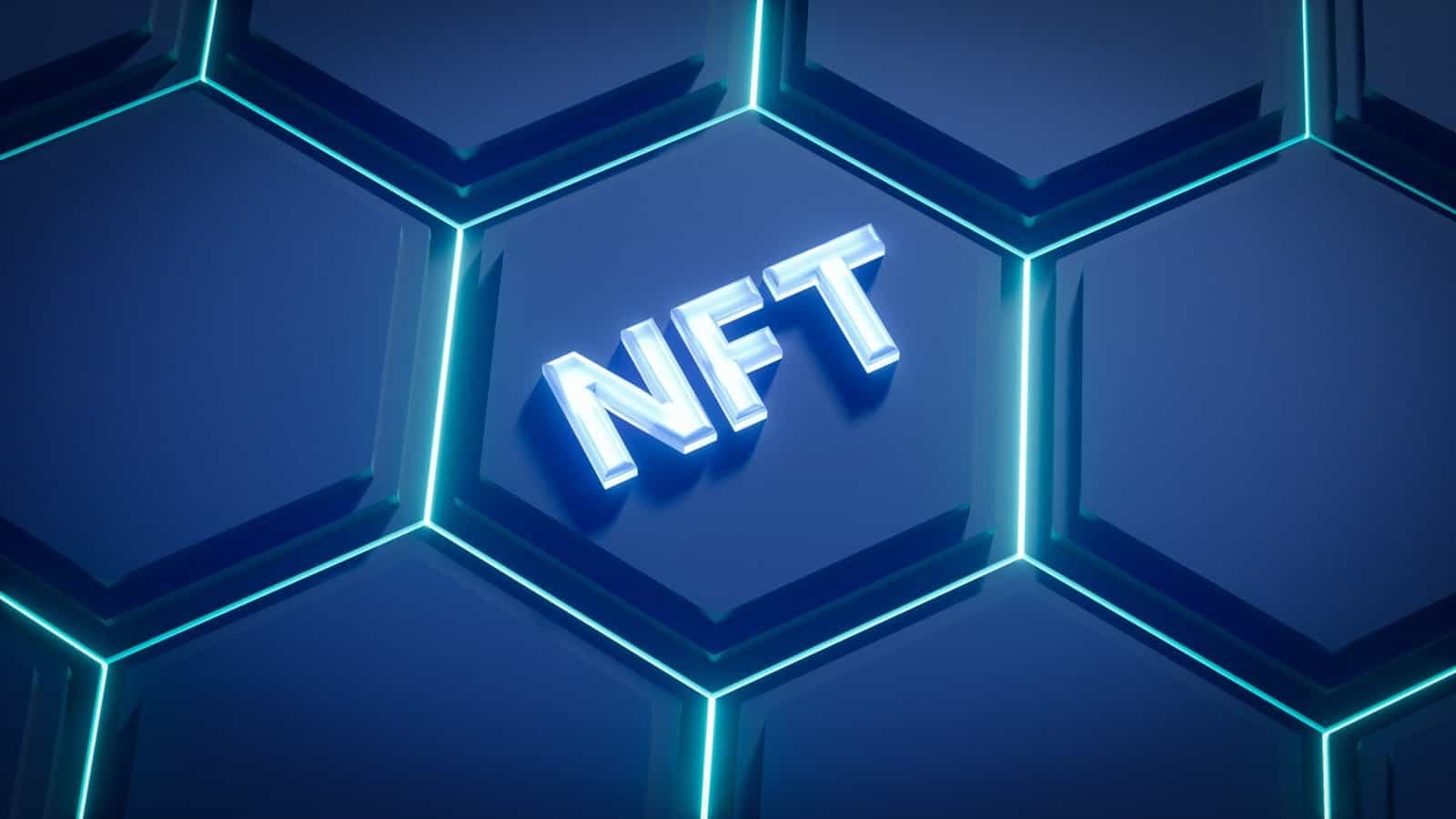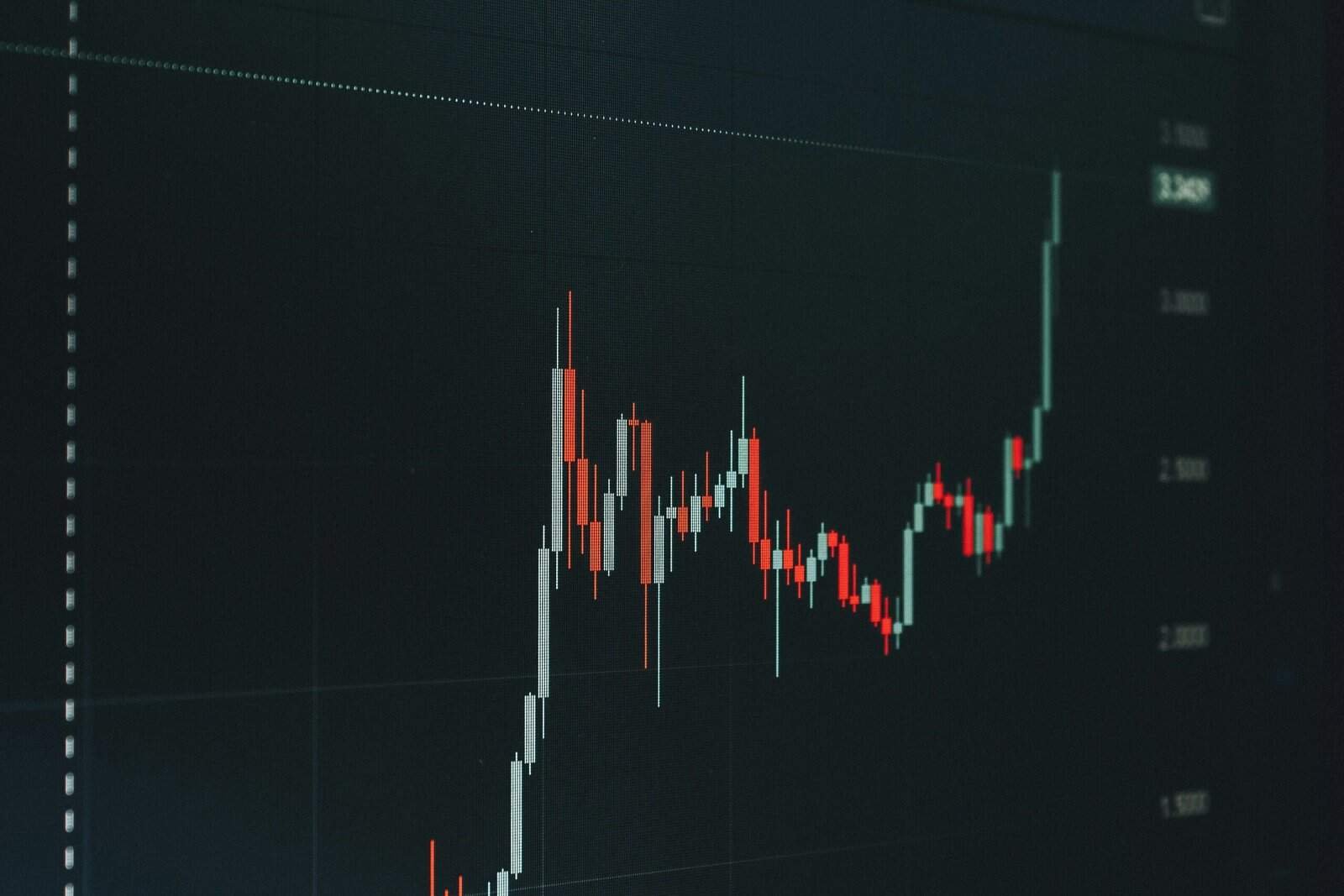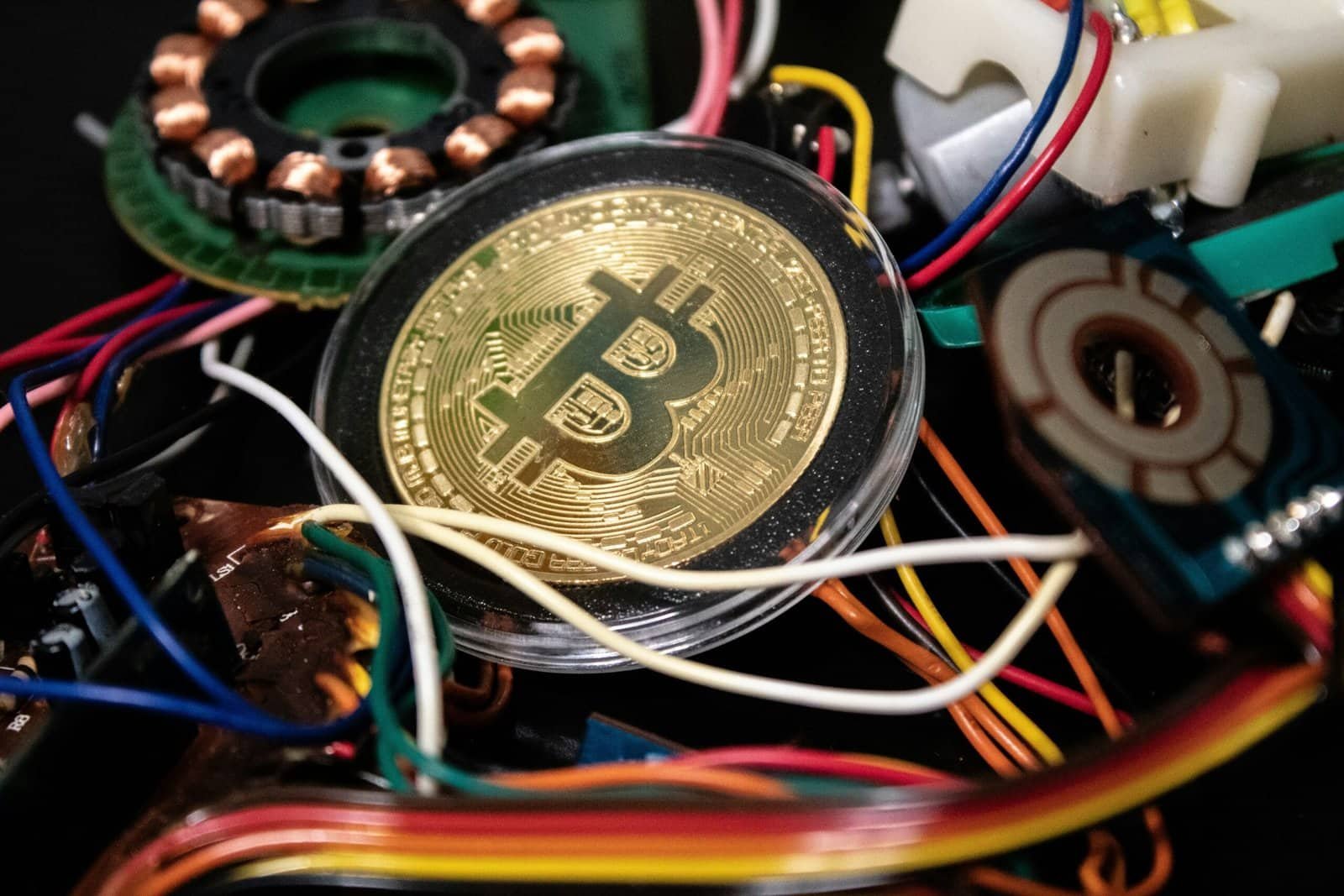Have you ever wondered how to step into the exciting world of NFTs (Non-Fungible Tokens) and start investing wisely? As this digital phenomenon continues to explode in popularity, it’s essential to understand the fundamentals and strategies that can guide you in making smart decisions in this space. Let’s journey through the fascinating landscape of NFTs, exploring strategies, risks, and how you could potentially reap the rewards of this investment frontier.
What Are NFTs?
NFTs, or Non-Fungible Tokens, are unique digital assets verified through blockchain technology, representing ownership or proof of authenticity of a specified item, such as digital art, music, or collectibles. Unlike cryptocurrencies like Bitcoin or Ethereum, which are fungible and can be exchanged for each other, NFTs are distinct and non-interchangeable, offering a method to assign and verify ownership of digital goods.
Understanding the Blockchain Technology
The blockchain is a decentralized public ledger recording transactions across many computers so that any involved record cannot be altered retroactively. This technology ensures the security and uniqueness of NFTs, making them valuable to collectors and investors who prefer proof of ownership.
The Popularity Surge in NFTs
Over recent years, NFTs have gained traction, becoming a trend in the digital world. They opened up new horizons for artists and creators to monetize their work directly. Digital marketplaces for NFTs have surfaced, hosting unique items ranging from digital artwork and music to virtual real estate and games.
Why Do People Invest in NFTs?
People invest in NFTs for various reasons, ranging from supporting digital creators and being part of a community, to trading and profiting from value appreciation. Some view it as a new-age investment opportunity that offers diversification from traditional assets like stocks and real estate.

How To Evaluate NFTs Before Investing
Investing in NFTs requires thorough research and analysis. Here’s how you can evaluate NFT projects effectively:
Rarity and Uniqueness
The rarity of an NFT significantly impacts its value. Look into how many editions of the NFT exist and whether it’s part of a limited series. Unique attributes that set an NFT apart from others can make it more desirable and increase its market value.
Provenance and Creator Credibility
Investigate the creator or project behind the NFT. A well-known artist or reputable brand backing the project can add value and credibility. Provenance—its history of ownership—also plays a crucial role in establishing authenticity and value.
Utility and Functionality
Consider the utility of the NFT. Does it serve a purpose beyond a simple art piece or collectible? Some NFTs include benefits like exclusive access to content, events, or even real-world goods, enhancing their appeal and investment potential.
Finding NFT Marketplaces
Finding the right marketplace is crucial for purchasing and trading NFTs. Each platform has its own niche, fees, and community. Here’s a snapshot of popular NFT marketplaces:
| Marketplace | Niche | Fees | Blockchain |
|---|---|---|---|
| OpenSea | General | 2.5% | Ethereum |
| Rarible | Art, Music | Variable | Ethereum |
| NBA Top Shot | Digital sports collectibles | 5% | Flow |
| Axie Infinity | Gaming | 4.25% | Ethereum |
Choosing the Right Marketplace
Select a marketplace that aligns with your interests. Whether you’re interested in digital art, music, or sports collectibles, your choice should also factor in user interface, trust, and blockchain technology used.

How To Purchase NFTs
Once you’ve chosen a marketplace, here’s a step-by-step guide to purchasing your first NFT:
Setting Up a Digital Wallet
Before you make a purchase, you need a digital wallet to store your NFTs and cryptocurrencies. Wallets like MetaMask, Trust Wallet, or Coinbase Wallet support NFTs and various cryptocurrencies.
Acquiring Cryptocurrency
Most NFT marketplaces operate on specific blockchain networks. Commonly, Ethereum is used, so you’ll need to purchase Ether (ETH) to transact. Buy cryptocurrency through an exchange like Coinbase, Binance, or Kraken, and transfer it to your wallet.
Making a Purchase
After your wallet is set up and funded, you can browse the NFT marketplace. Select an NFT you are interested in and proceed with the purchase. This will require connecting your digital wallet to the platform.
Storing and Securing NFTs
Storing NFTs securely is vital to safeguard your investment. Avoid using the default wallet on the marketplace and consider hardware wallets for added security. Consistently back up your wallet’s recovery phrase to prevent loss.
Strategies for Investing in NFTs
Engaging with NFTs purely from a speculative standpoint can be risky. Here are some strategies to help mitigate risks and make informed decisions:
Long-Term vs. Short-Term Holding
Determine if you’re a long-term investor who believes in the future potential and staying power of a specific project, or if you wish to flip assets for a profit in the short term. Both strategies have their pros and cons.
Diversifying Your NFT Portfolio
Diversification is as crucial with NFTs as it is with any investment type. Allocate your investment across various forms of digital assets and categories to spread risk and increase the chance of discovering a standout project.
Staying Informed and Engaged
Continuously educate yourself about the evolving NFT landscape. Join communities, attend virtual events, and follow influential creators and thought leaders. Staying active helps you to spot emerging trends and opportunities.

Understanding the Risks Involved
Investing in NFTs is not without risks. Understanding these risks can help you to make informed decisions.
Market Volatility
NFTs can be highly volatile with prices influenced by trends, market sentiment, and technological advances. What is popular today may not hold value tomorrow.
Legal and Copyright Issues
NFTs exist in a grey legal area concerning ownership rights and copyright. Protect your investment by understanding what rights are conferred with your purchase.
Technological Risks
Blockchain demand and digital platform reliability can affect your investment. Always consider the technological integrity and future prospects of the blockchain the NFT resides on.
Advantages and Disadvantages of NFT Investment
Understanding the potential benefits and drawbacks can give you a balanced perspective.
Advantages
- Ownership Transparency: Blockchains provide transparent proof of ownership.
- Creator Support: NFTs give creators more control over their work.
- Limitless Opportunities: From virtual worlds to digital art, the NFT market is diverse.
Disadvantages
- High Volatility: Prices can fluctuate dramatically.
- Speculative Nature: It is a speculative market with uncertain long-term value.
- Environmental Concerns: Some blockchains consume significant energy, raising sustainability concerns.

Legal and Regulatory Considerations
While NFTs are an exciting investment avenue, it’s essential to stay updated on the regulatory landscape.
Taxation
NFT investments might be subject to capital gains taxes, similar to stocks or real estate. Understanding local tax obligations is essential to prevent unforeseen liabilities.
Consumer Protection
As the NFT market matures, regulations may evolve to protect consumers. Stay informed about regulatory shifts that could impact your investments.
Conclusion
Figuring out how to invest in NFTs is a dynamic and rewarding journey, filled with both opportunities and challenges. As enticing as it may be, it’s essential to approach NFT investment with a strategic mindset and informed perspective. Remember, investment success comes from thorough research, patience, and smart decision-making, so tread carefully, stay informed, and enjoy the ride in this novel digital world.

